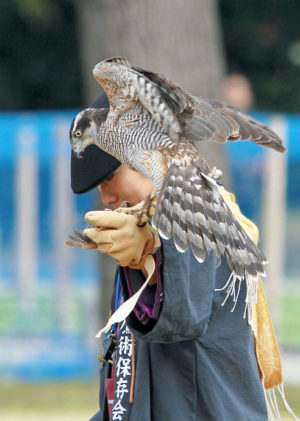Read Article Online
Download Pdf
Electronic Supplementary Material
4.-Panter-et-al_RETRACTED_watermark
Download Pdf
Electronic Supplementary Material
4.-Panter-et-al_RETRACTED_watermark
Quantifying the global legal trade in live CITES-listed raptors and owls for commercial purposes over a 40-year period [RETRACTED VERSION]
Panter C., Atkinson E.D. and White R.L.
Abstract:
This paper has been retracted by the authors that found an error in the dataset, eventually partially affecting the results. A retraction letter is published in Avocetta 44.2 (Issue released on December 2020) Original Abstract: The global wildlife trade poses an increasing threat to the world’s biota. One-fifth of the global wildlife trade is fuelled by the demand for animals used as pets and entertainment purposes. The CITES Trade Database contains data on the declared trade of CITES listed species from 1975 onwards. Previous research has focussed on the commercial trade of heavily persecuted species such as the Saker Falcon Falco cherrug. However there has yet to be an extensive review quantifying CITES trade data for live raptors and owls destined for global commercial markets. This study analyses trends in CITES trade data between 1975 and 2015 for live raptors and owls, highlighting key importer and exporter countries and discusses implications for raptor and owl conservation. Our results showed that the number of traded raptor and owl species has increased since 1975. We found that the most traded raptor species included hybrids in the genus Falco, the Gyrfalcon F. rusticolus and the Saker Falcon. In addition, our analyses revealed that the Eurasian Scops Owl Otus scops, Northern White-Faced Owl Ptilopsis leucotis and the Little Owl Athene noctua were the most commonly traded owl species. Our results suggested that Japan was the largest global importer of raptors and owls contributing to 94% of wild-caught owl imports since 1975, followed by the United Arab Emirates who imported the largest number of captive-bred raptors. Key exporter and re-exporter countries were the United Kingdom, Guinea and Germany. We conclude that the declared, legal commercial trade in live raptors and owls does not currently pose a large conservation concern to many such species. However, at present, there is a lack of quantified evidence highlighting the global extent and impact of the unregulated illegal raptor and owl trade, which is of conservation concern and is a current research gap that must be addressed.
